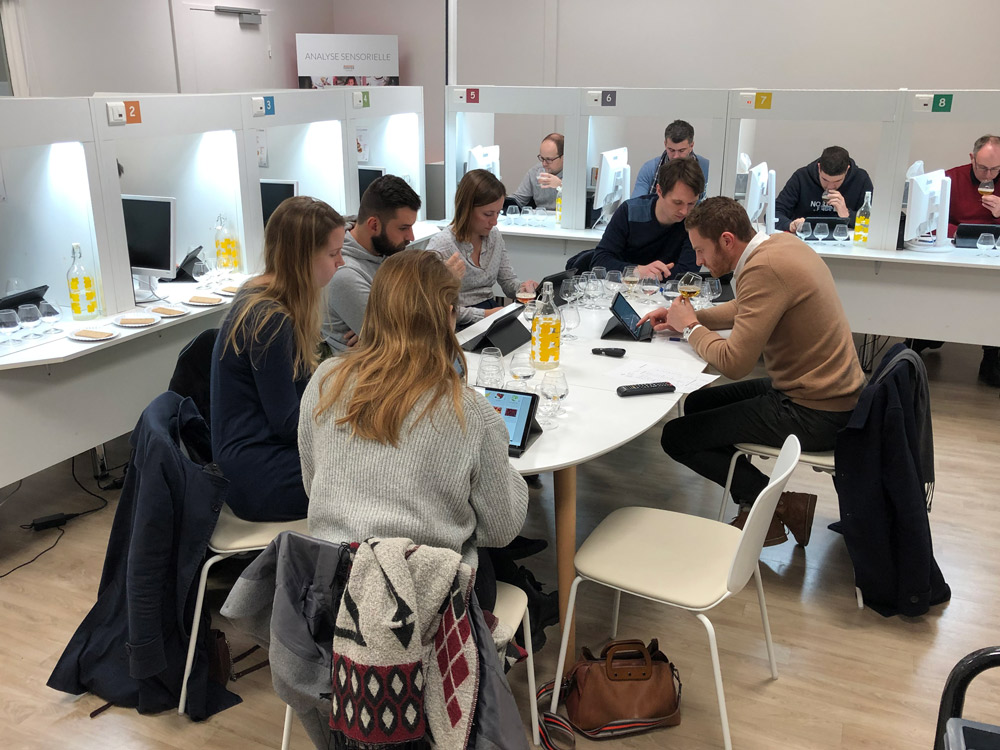Product characterisation is probably the most time consuming enterprise managed by the Fermentis R&D team. It is done for all fermented beverages and the amount of work required is extensive.
The basics of product characterisation is understanding how different variables interact and influence each other. At Fermentis, we are more specifically interested in how our yeasts and yeast derivatives will react in different situations.
Generating different situations
To create a large number of different situations, just like the ones a brewer or a winemaker might face during the course of their work, we create thousands of beer and wine variations, by changing the initial conditions (wort or must, grape or malt variety, hop additions etc), changing the yeast strain, changing the fermentation conditions (temperature, pitching rate etc) and sometimes by changing yeast derivatives (adding fermentation aids etc).
A simple example, using 3 different initial conditions, 3 yeast strains, 3 conditions and 3 derivatives provides 81 different combinations.
Technical and sensory characterisation
For a thorough characterisation, each combination needs to be analysed individually, by looking at the fermentation performance metrics as well as the sensory results, which implies technical and scientific measurements as well as tasting sessions.
The technical characterisation will look into metrics such as ABV and attenuation (and more of course) whereas the sensory characterisation looks into taste and flavour components (fruity flavours, bitterness in beer…)
Data compilation and analysis
Once all the data is gathered and combined in a database, scientific and statistical studies are made to compare and analyse the different situations in order to identify trends in behaviour and specific ways to enhance sensory flavours or improve fermentation performance.
This can in turn be written in the form of technical papers, be published and revealed at Fermentis Academy events and be used for practical applications to improve our products and services.
Understanding characterisation
An example in the wine segment.



